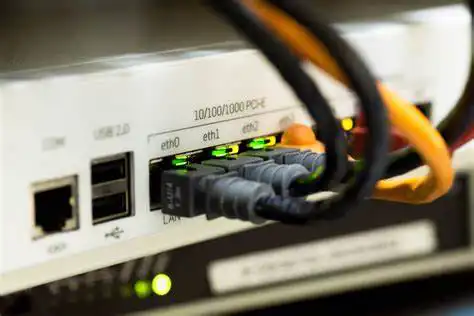A Chinese team of research scientists have made a breakthrough in the field of genetic therapy and ASD, or Autism Spectrum Disorder, a developmental disorder with effects on social interaction and behaviour. The team announced their breakthrough in gene therapy might potentially cure ASD, which was once deemed impossible. The announcement challenges ASD's status as a permanent, incurable disorder, offering new hope for those affected. This article roams into this breakthrough further.
The study that led to this was conducted at Fudan University, one of China’s best, led by Professor Sun Xiaomin. The researchers designed unique molecular tools to rearrange distorted genes found in individuals with autism. As a result, they were able to restore normal gene activity in brain tissues, a milestone in genetic therapy for ASD. This method was first tested on mice which yielded promising results.
Identifying and modifying the faulty genes causing autism in mice was a major part of the therapy. The team focused on the SHANK3 gene, often linked with autism, and used their molecular tools to modify, rectify, and restore it to its normal state. This study contradicts earlier belief that gene modification could not reverse brain tissue anomalies in adults. 
The testing, done on mice, witnessed an encouraging outcome. After undergoing the genetic therapy, the mice displayed significant improvement in cognitive, sensory, and social behaviours. This achievement was lauded due to the severe effects that losing the SHANK3 gene can have on the brain development.
The discoveries made during these tests opened up several new paths. The process of gene-editing became highly applicable despite the complexity of brain tissues. The team proved that compromised genes could be set right, breaking boundaries in genetic therapy and implying the possibility of a future clinical trial for humans.
Apart from this, the findings demonstrated that genetic anomalies in the brain could be changed in a way that reversed autistic behaviour. Behavioural improvement in adult mice was a major success, which brings promising indications for the same possibility in humans as well.
The therapy's safety drew attention from experts. Autism lies in the brain's complex region which has numerous intricacies. Any intervention at this level is risky and makes the procedure's safety a key concern. However, the Chinese team believe the therapy to be safe, an assessment which was confirmed by an American biologist.
Robin Kleiman, a biologist at Boston Children’s Hospital, remarked that there were no signs of damaging off-target effects in the treated mice, another step forward for gene therapy's potential. This reassured the scientific community about the safety and suitability of genetic treatments.
Despite this milestone, there are still various challenges to overcome. Autism is not limited to the SHANK3 gene only, with hundreds of other genes implicated as well. The therapy’s effectiveness on all these is yet to be tested.
These findings changed our understanding of adult brain tissues' malleability. Pre-existing idea was that genetic issues once established, could not be reversed in adult brain tissues. But the Chinese trials demonstrated surprising potential for human brain tissue adaptation and reversal of genetic anomalies.
One more considerable challenge is the translation of these experiments to human trials. Mouse models do not entirely reflect human brain physiology, with human brains being far more complex. Moreover, even in mice, this recovery process is not an immediate transformation, thereby implying a more complex process in humans.
The team is not underplaying these challenges. Recognizing them, they are preparing to perform more mice trials, hoping for the same significant outcomes. These tests will focus on elderly mice to emulate the circumstances of an older person dealing with autism.
Designing the molecular tools - a form of RNA - is a highly adept process. The selected RNA molecule is injected into the brain, binding to the SHANK3 gene sequence, and correcting its anomalies. This accomplishment further demonstrates the vast potential of RNA technology.
Innovation in this sector is not new. RNA techniques, successful in mice, have already been tried on humans for a similar genetic disorder - Muscular Dystrophy. The outcomes were favourable, further deepening the faith in RNA technology.
Even with the positive outcomes, the tackle on genetic therapy for autism still relies on many variables and the journey to clinical application is approximately ten years away. Yet researchers believe it to be imperative due to the ray of hope it presents to countless ASD-diagnosed individuals.
Naturally, tough ethical questions will arise along the journey of this research. Gene therapy, its potential and implications, has long been a contentious subject. It comes with concerns about the possibility of designing genetically superior humans, hence making the ethics of it critical to consider.
As we await the outcome of this research and the answers to the ethical issues it represents, one thing is clear. This breakthrough signals a significant step forward for the treatment of autism. It opens doors to a future where ASD can be potentially cured, adding gravity to the significance of gene therapy.
While the entire world eagerly observes the trial's outcomes, for now, the findings appear promising. The Chinese team achieved a milestone that defies the perceived boundaries of genetic therapy, thus providing a beacon of hope for everyone dealing with autism.
The series of obstacles that lie ahead are substantial, but they do not shadow the achievement this study represents. The work done by the Chinese researchers promises hope and points towards a future of therapeutic potentials that could revolutionize the world of neurodevelopmental disorders, such as ASD.